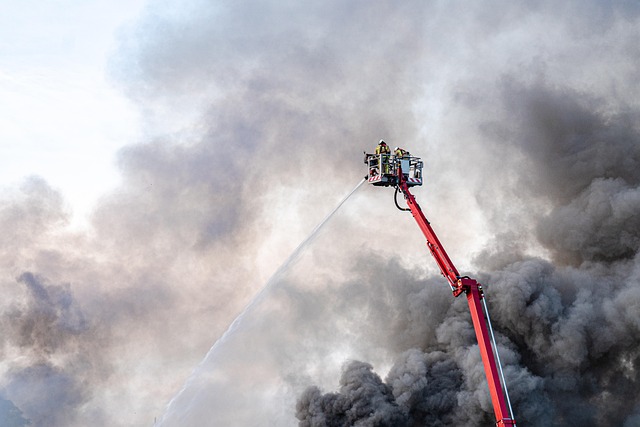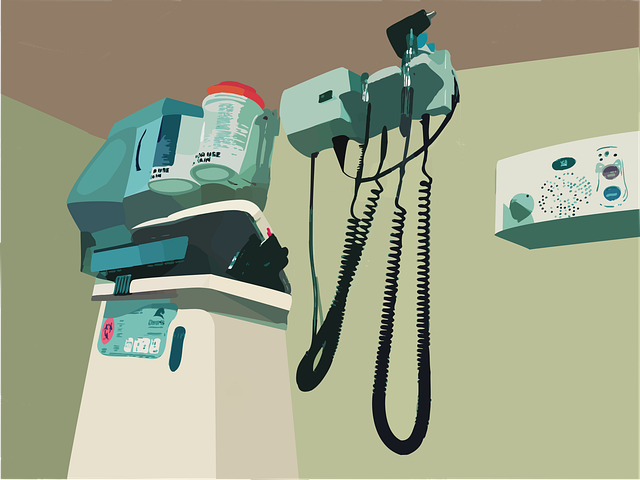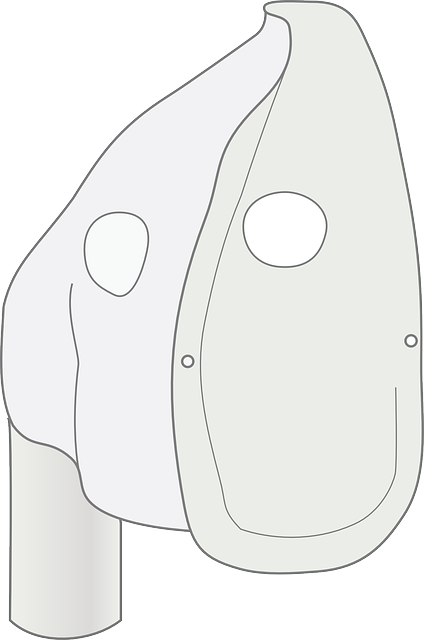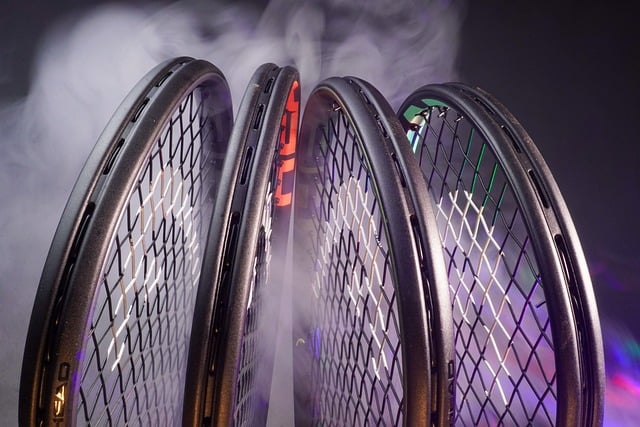Understanding Department of Transportation (DOT) regulations is vital for sourcing an affordable yet effective fire training solution. The transportation industry faces a challenge in locating cost-efficient simulators that meet stringent safety standards, highlighting a delicate balance between quality and price. An economical fire training unit offers a versatile answer, combining advanced features with robust construction, easy maintenance, and DOT compliance. These units facilitate diverse training scenarios, enhance decision-making skills, and improve response times while optimizing budgets for fire departments and emergency services.
In today’s safety-conscious climate, effective fire training is non-negotiable. However, adhering to Department of Transportation (DOT) regulations while managing a tight budget can be challenging. This article explores the solution: an affordable, DOT-compliant simulator—the economical fire training unit. We’ll delve into the significance of DOT regulations for fire training, the struggles of finding compliant solutions at reasonable costs, and highlight the key features and substantial benefits of this innovative training tool.
- Understanding DOT Regulations for Fire Training
- Challenges in Finding Affordable Compliance Solutions
- Features of an Economical Fire Training Unit
- Benefits and Impact on Safety Training Programs
Understanding DOT Regulations for Fire Training

Understanding DOT regulations for fire training is paramount, especially when seeking an economical fire training unit. The Department of Transportation (DOT) sets standards to ensure safety in various industries, including transportation and emergency services. For fire training, these regulations cover equipment, facilities, and personnel qualifications to prevent accidents and mitigate risks. One key requirement is the use of compliant simulators that accurately replicate real-world scenarios without endangering lives or incurring high costs.
An economical fire training unit must not only meet DOT standards but also provide realistic simulations for effective learning. Modern technology offers advanced simulators that offer dynamic environments, including virtual flames, smoke, and sound effects. These features ensure trainees gain practical experience in a controlled setting, enhancing their readiness for actual emergency situations. By adhering to DOT regulations and leveraging innovative training solutions, organizations can now access quality fire training without breaking the bank.
Challenges in Finding Affordable Compliance Solutions

In today’s competitive market, finding a DOT-compliant simulator at a low price point can be akin to navigating a labyrinthine landscape. Many organizations, particularly those in the transportation industry, are continually seeking economical fire training units that meet stringent safety standards without breaking the bank. The challenge lies in balancing quality and affordability, as cutting corners on safety equipment can have severe consequences.
The scarcity of affordable compliance solutions is further exacerbated by the evolving nature of safety regulations. Staying up-to-date with DOT requirements demands constant investment in new or updated training equipment. This presents a significant hurdle for small to medium-sized enterprises (SMEs) that may not possess substantial financial reserves, making it difficult for them to access high-quality, low-cost alternatives. Consequently, many companies are left searching for innovative and cost-effective strategies to ensure their training programs remain both effective and compliant.
Features of an Economical Fire Training Unit

An economical fire training unit should be a versatile and efficient solution for fire departments looking to enhance their preparedness without breaking the bank. These units often incorporate advanced features that mimic real-world scenarios, such as realistic smoke machines, controlled atmosphere systems, and customizable flame sources. The ability to simulate various fire conditions allows firefighters to practice diverse techniques, ensuring they’re equipped to handle any emergency.
Cost-effectiveness doesn’t mean compromising on quality or safety. A well-designed economical unit should include robust construction, easy maintenance, and adherence to DOT regulations, guaranteeing its reliability and longevity. Additionally, features like compact size and mobility enable efficient storage and deployment, catering to the unique needs of fire stations with limited space.
Benefits and Impact on Safety Training Programs

A DOT compliant simulator at a low price point offers significant advantages for safety training programs, making high-quality, realistic training more accessible and affordable. These simulators provide an economical fire training unit that replicates real-world scenarios, allowing trainees to gain practical experience in a controlled environment. By utilizing such technology, training programs can be optimized, ensuring every participant receives consistent and effective instruction.
The impact on safety is profound; with DOT compliance, organizations can rest assured that their training meets industry standards. Economical fire training units enable frequent practice sessions, enhancing overall preparedness. This increased realism in simulation translates to better decision-making skills for trainees when confronted with actual emergencies, ultimately improving response times and reducing potential risks.






